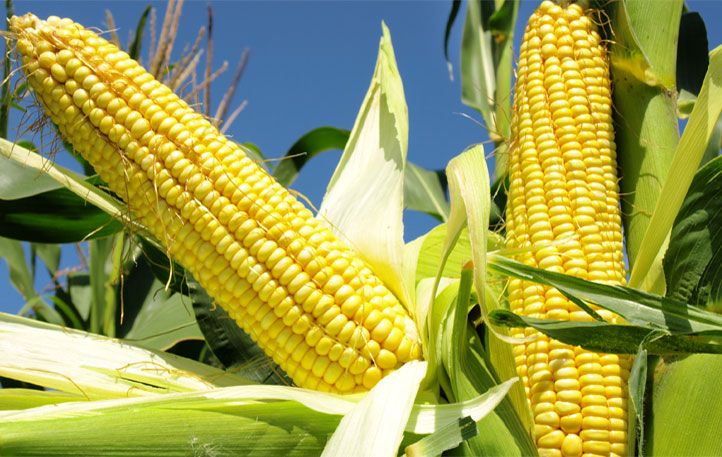LSB Industries, a leading North American producer of industrial and agricultural chemicals, gave the following reasons for high corn and fertilizer prices.
For starters, high corn prices continue to be a major factor in the strength of fertilizer prices.
Current U.S. corn prices reflect the impact on global corn supplies from drought conditions in South America, the western U.S. and parts of Europe, continued high demand for corn from China and strong ethanol production levels.
Recent USDA forecasts call for U.S. corn acreage planted in the 2022-2023 planting season to be approximately 88.6 million acres less than the 2021-2022 estimate of 93.3 million acres, largely due to the impact of wet weather across the Midwest during the spring planting season.
Also contributing to the strength in fertilizer prices has been the high cost of natural gas in Europe.
Natural gas is the primary feedstock for ammonia production.
Corn and fertilizer
Although down from earlier in the year, natural gas prices in European markets have risen to levels that have negatively affected the economics of ammonia production in that region, leading producers to shut down operations at some European-based facilities at various points throughout 2022.
The resulting decline in global ammonia production has supported the strength of nitrogen-based fertilizer prices.
The impact of the Russian invasion of Ukraine has contributed to higher fertilizer prices compared to year-ago levels, resulting in reduced global supply of corn, ammonia and natural gas and serving to support already high prices for all three commodities.
![]()

